Anterior Hip Replacement
Hip replacement surgery is a very common procedure in the United States today. Patients suffering from a decline in joint mobility brought on by arthritis, illness, or injury can benefit from hip replacement surgery. Hip replacement can restore mobility, alleviate pain, and help the patient get their life back.
What is Anterior Hip Replacement?
The first hip replacement performed through the anterior approach was by Robert Judet in 1947 at Garches Hospital in Paris. Today Thierry Judet, the son of Robert Judet continues to use this approach for hip replacement.
Prof. Thierry Judet, Chief of Orthopedics at Garches, has used this approach for over 20 years and more than 2000 cases. It has been the preferred technique for primary and revision hip replacement at Garches since 1947.
In 1981, Dr. Joel Matta traveled to Paris to study acetabular and pelvic surgery. He learned the procedure at that time, but did not pursue it further because of his interest in pelvic and acetabular fractures.
In the mid-90’s, Dr. Matta began performing the anterior approach in Los Angeles and teaching it to other surgeons. Today, over half of all hip replacements are performed through the anterior approach.
The typical incision is about 4 inches long on the front of the hip varying slightly in length depending on the size of the patient. The anterior approach works well because the hip joint is closer to the skin in the front and covered by a thinner layer of muscle and fat than from the back (posterior) or side (anterolateral). Almost all patients regardless of size, shape or age are candidates for this procedure.
The posterior approach to the hip was traditionally the most common approach for hip replacement, which exposes the hip joint by splitting the gluteal muscles and detaching other important muscles from the femur. The anterolateral approach, which is also commonly used, also requires detachment of important muscle groups from the femur. The anterior approach goes between muscles to expose the hip joint, leaving all muscles attachments to the femur intact.
An artificial hip depends on the muscles around the hip for stability. With the anterior approach, muscles are left intact, giving immediate stability to the hip after surgery. More traditional hip replacement techniques require periods of strict precautions after surgery to assure the artificial hip will not dislocate. These precautions commonly include limits on flexion of the hip requiring elevated toilet seats and chairs. Patients are also instructed to avoid crossing legs or tying shoelaces. Since the anterior approach preserves muscle attachments, dislocation precautions are not needed. Patients are encouraged to use and position the leg in any manner avoiding the cumbersome restrictions. This accelerates rehabilitation and decreases the hospital stay after surgery.
Along with dislocation risks, leg length inequality has long been a problem with hip replacement surgery. With the anterior approach, the patient lies on their back during the surgery. In this position, fluoroscopy (intra-operative X-ray) is used to determine leg lengths, correct position and proper sizing of the implants. This ensures that every patient leaves the operating room with the artificial hip components most suited for their body.
Benefits of an outpatient anterior approach total hip replacement include:
- Less pain and a shorter recovery time
- Shorter recovery – most are outpatient surgeries
- Decreased chance of hip dislocations
- Fewer post-surgical restrictions and precautions
- Reduced tissue trauma
- Decreased likelihood of limping
- Smaller incisions
- Ensuring components are the correct position with X-rays
- Higher accuracy in leg lengths
Hip Replacement:
The Guide to Pain-Free Mobility
At Louisville Hip & Knee Institute, we want to share our knowledge on this procedure that saves people from living with hip pain. This guide goes through every facet of hip replacement surgery—from understanding if you’re a suitable candidate, details of the surgical process, and what you can expect during recovery.
How Will I Know if I Need Anterior Hip Replacement Surgery?
Pain is always a good indicator that your hip joint is struggling to function well. Stiffness and overall mobility issues even with routine behaviors such as sitting, standing, or walking, can indicate a hip joint that has had a little too much wear and tear.
Hip problems are very common in older Americans. If you’ve experienced hip pain without a significant traumatic event, it’s likely the culprit is arthritis, a debilitating joint disease that affects millions of Americans each year. Your doctor may prescribe medications for pain, dietary supplements, physical therapy, or various walking aids, such as crutches or a walker, to help you cope with the pain.
When these treatments are no longer effective, your doctor may discuss hip replacement as a way to treat the pain and joint damage caused by arthritis.



